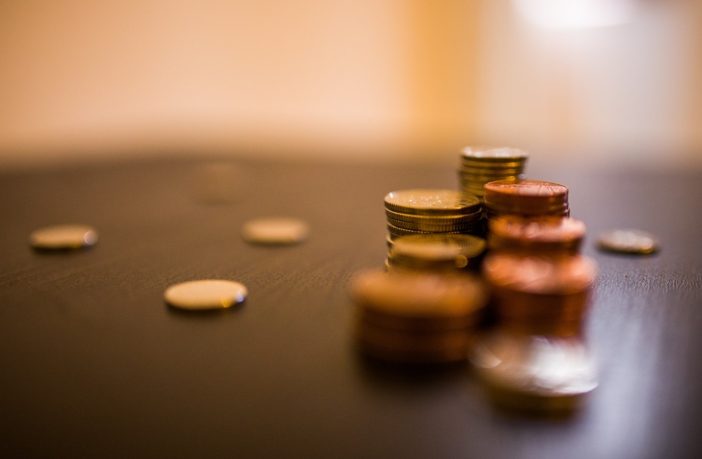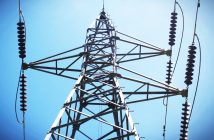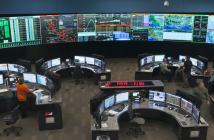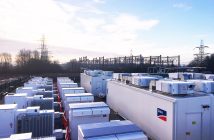- Eskom, South Africa’s energy utility controls the country’s electricity – production, transmission, and distribution.
- The country’s Electricity Act does not allow for peer to peer selling.
- Talk of partial privatisation of the state energy utility may open the door for decentralised segments transacting with an energy token.
South Africa energy structure along with most countries in Africa is in desperate need of re-wiring. While most of the countries throughout the world have decentralised and privatised their energy sectors, the South African government still controls the energy sector and it hurts the economy. The ‘power’ is enshrined in the Electricity Act. With the global introduction of the energy token run on the blockchain, an opportunity exists to make revolutionary improvements.
Eskom has been rocked by corruption scandals and gross mismanagement. It is technically bankrupt and currently relies on government bailouts plus expensive loans. The newly appointed board under the chair of Jabu Mabusa is desperately trying to rescue the state utility.
Under the new leadership, there has been the talk of partial privatisation of Eskom in order to get the utility back into the black. The option of partnering this move with the introduction of an energy token run on the blockchain in SA may just be a catalyst to significantly change the way the country’s energy is managed.
A blockchain runs energy token does not exclude government utilities from participating in capacity building plus transmission and distribution infrastructure. The token can be flexible in application, target multiple sectors in the electricity management value chain plus include layers or intermediary operators (empowerment opportunity ?).
Admittedly the plethora of Initial Coin Offering (ICO’s) and the notorious Bitcoin boom-bust scenarios playing out over the last few years plus hacking is a concern for any government. Lessons have been learned and there are now quite a few best practices on token design and ICO structuring.
Internationally we are seeing large investments been made in joint ventures between utilities and blockchain counterparts. The technology has a very unique benefit wherein it can be shared across multiple organizations but not dominated by anyone. Data security is also guaranteed as the enlisted transactions cannot be erased, which will result in the increased integrity of operations. This will ultimately result in a more direct relationship between the energy suppliers and their clients.
The focus should not be on the token itself, it is not a ‘bitcoin’. The token is a vehicle for transacting and investing. Rather it should be on the network effect. It’s about network utility and in South Africa, Eskom would need to be an integral part of it (they have the database). The technology used in energy production plus incentives offered are the carrots to entice buy-in from end users.
Under a new board, Eskom has reignited its renewable energy program with the recent signing of 27 renewable energy Power Purchase Agreements. So there is future possible alignment with international trends whereby energy tokens have a direct association with renewable energy production and applications. But the token applications can also be for coal and nuclear fired production plus extend to national or regional transmission, distribution, and energy storage.
At this point in time, a citizen or business in South Africa may only produce, transmit and distribute electricity for own use. Peer to peer selling is not allowed however you can sell excess electricity to your local municipality in some parts of the country (for peanuts). An energy token will allow a home or business owner to shift, save (bank), share or gift their excess electricity. WOW!
If we think about it, the Eskom national energy grid is probably the largest machine in operation in the country. Looking at the books it is clear that we humans find it very difficult to manage the behemoth. If it is operated on the blockchain and tokenised, the machine suddenly has built-in certificates of origin, instant settlement, accounting, and billing — not to mention the possibility of reducing costs by enabling more data-driven forecasts and trading strategies by market participants.
Sorry, what? No queuing for hours or listening to an automated voice message when queering one’s electricity bill?
Author: Bryan Groenendaal











